ChatGPT:
The Durupınar site is a geological formation located in the Ağrı Province of eastern Turkey, near the village of Üzengili and approximately 20 kilometers south of Mount Ararat. Discovered in 1959 by Turkish army captain İlhan Durupınar during an aerial survey, the site is named after him. The formation resembles the shape of a ship and has been a focal point for those interested in the biblical narrative of Noah’s Ark.
Geographic and Geological Features
• Location: Situated at an elevation of about 1,966 meters (6,450 feet), the site is in a mountainous region that is prone to seismic activity.
• Physical Appearance: The formation measures approximately 160 meters (525 feet) in length and 50 meters (164 feet) in width, dimensions that some claim are consistent with the biblical descriptions of the Ark.
• Geology: The site consists primarily of sedimentary rocks and mudflow materials. Geologists attribute the ship-like shape to natural erosion and geological processes, including mudslides and earth movements.
Historical Background
• Discovery: The site gained international attention after its discovery was published in the American magazine “Life” in 1960.
• Initial Investigations: American archaeologist Dr. Arthur Brandenberger and geophysicist Dr. George Vandeman conducted early explorations but concluded that the formation was natural.
• Ron Wyatt’s Expeditions: In the late 1970s and 1980s, amateur archaeologist Ron Wyatt led several expeditions, claiming to find evidence supporting the site’s authenticity as Noah’s Ark. His findings included petrified wood fragments, metal rivets, and regular internal structures detected via ground-penetrating radar.
Scientific Analysis
• Geological Studies: Most geologists and archaeologists have studied the site and determined that it is a natural geologic formation. The “boat-shaped” outline is considered a result of natural erosional processes.
• Soil and Rock Samples: Analyses of samples from the site have not provided evidence of petrified wood or man-made artifacts.
• Ground-Penetrating Radar: Studies using radar have produced inconclusive results, with patterns interpreted by some as man-made structures but by others as natural geological formations.
Controversies and Debates
• Supporters’ Claims: Proponents argue that the formation’s dimensions, location, and shape align with the biblical account. They also cite alleged findings of metal artifacts and regular patterns beneath the surface.
• Skeptics’ Views: Critics point out the lack of verifiable evidence and the natural explanations for the site’s features. The scientific community largely regards the claims as pseudoscientific.
• Government Recognition: In 1987, the Turkish government declared the area a national park called the Noah’s Ark National Park, which some interpret as official endorsement, although it is more a means to promote tourism.
Cultural and Religious Significance
• Pilgrimage Site: The site attracts tourists, religious pilgrims, and researchers interested in the Noah’s Ark narrative.
• Media Coverage: Documentaries, books, and articles have been produced both supporting and debunking the claims about the site.
• Impact on Local Community: The increased attention has brought economic benefits to the region through tourism.
Conclusion
The Durupınar site remains a subject of fascination and debate. While it holds cultural and religious significance for some, the consensus in the scientific community is that it is a natural geological formation rather than the remains of Noah’s Ark. Ongoing interest ensures that the site continues to be explored and discussed from various perspectives.
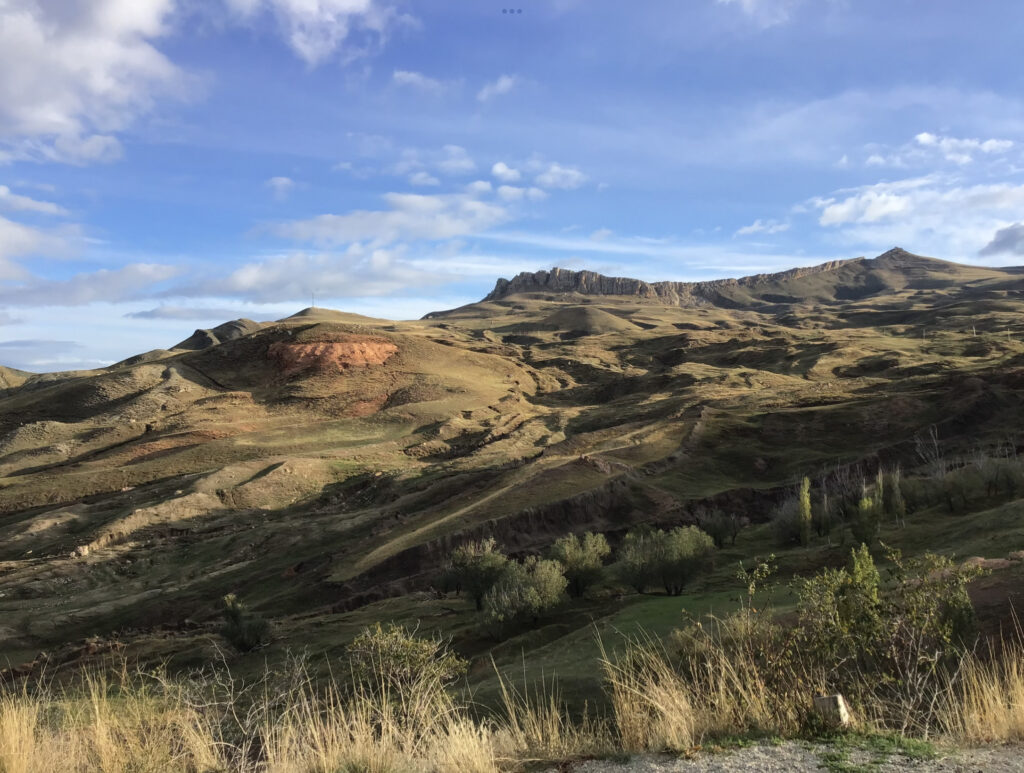
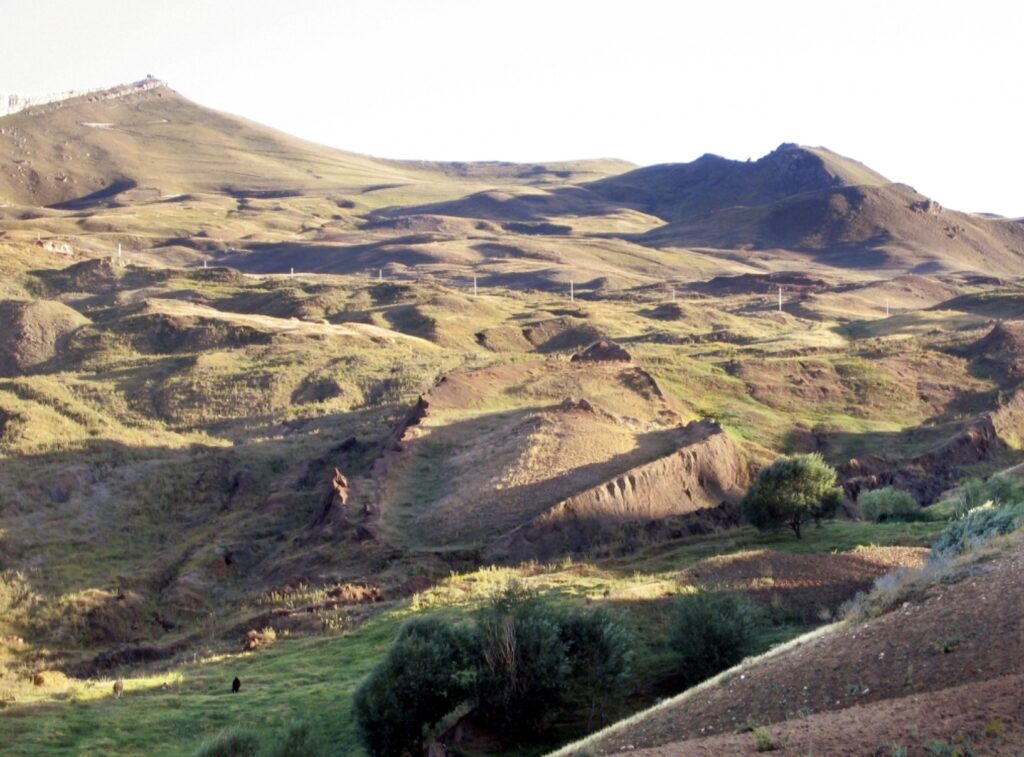
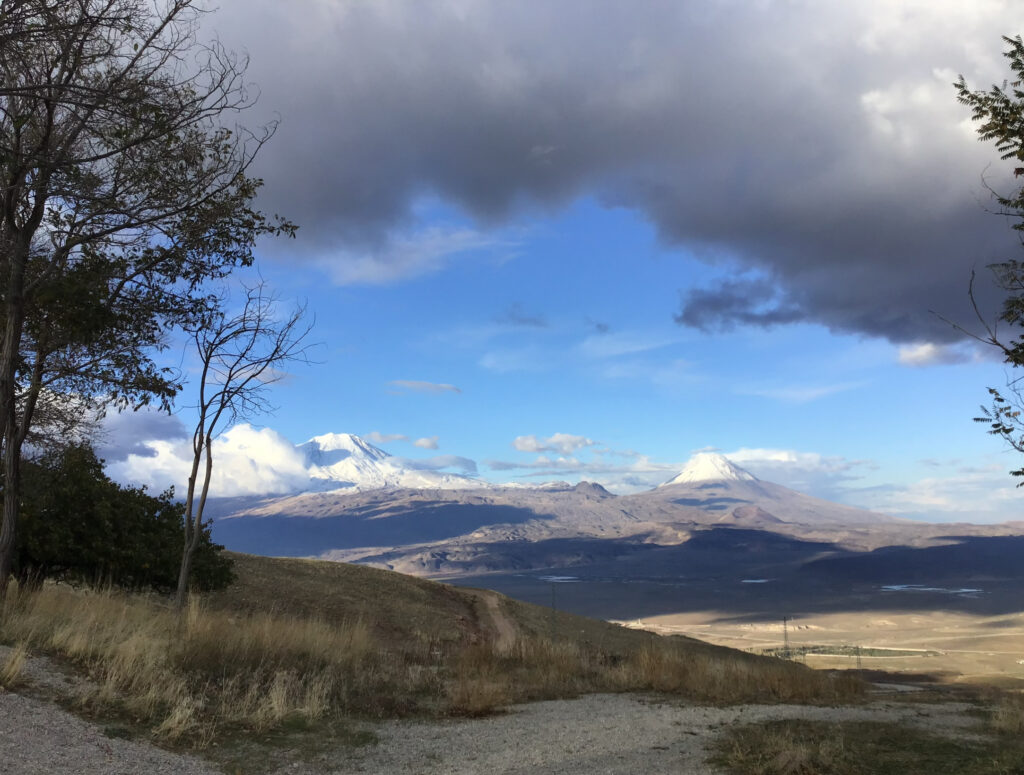
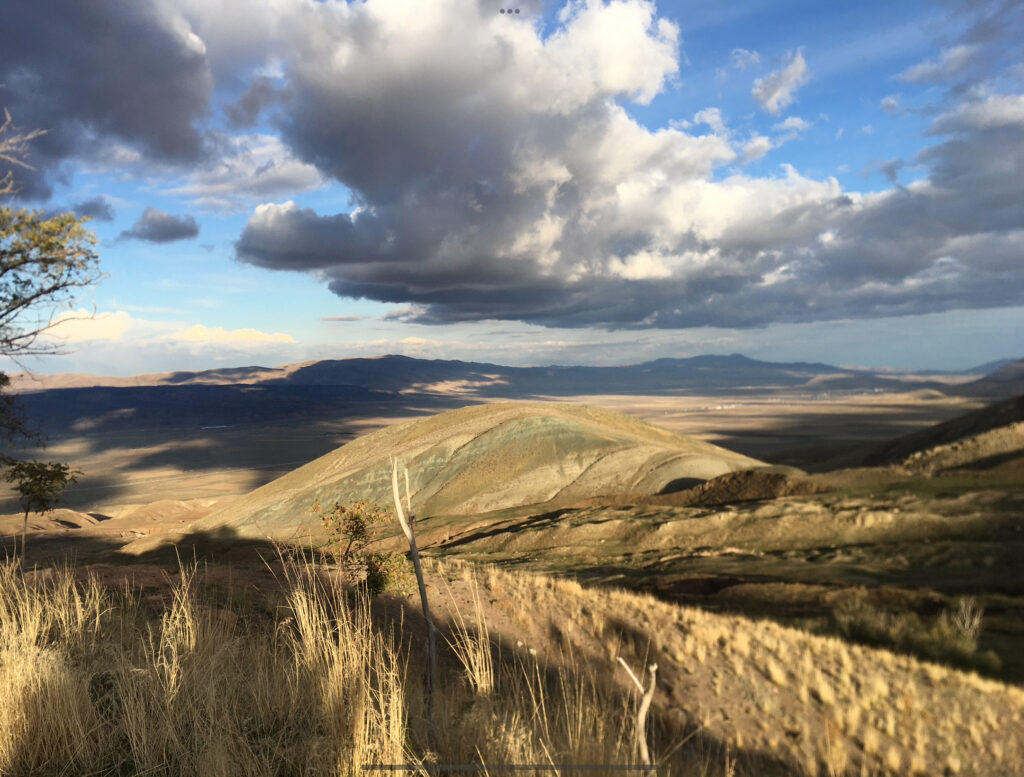
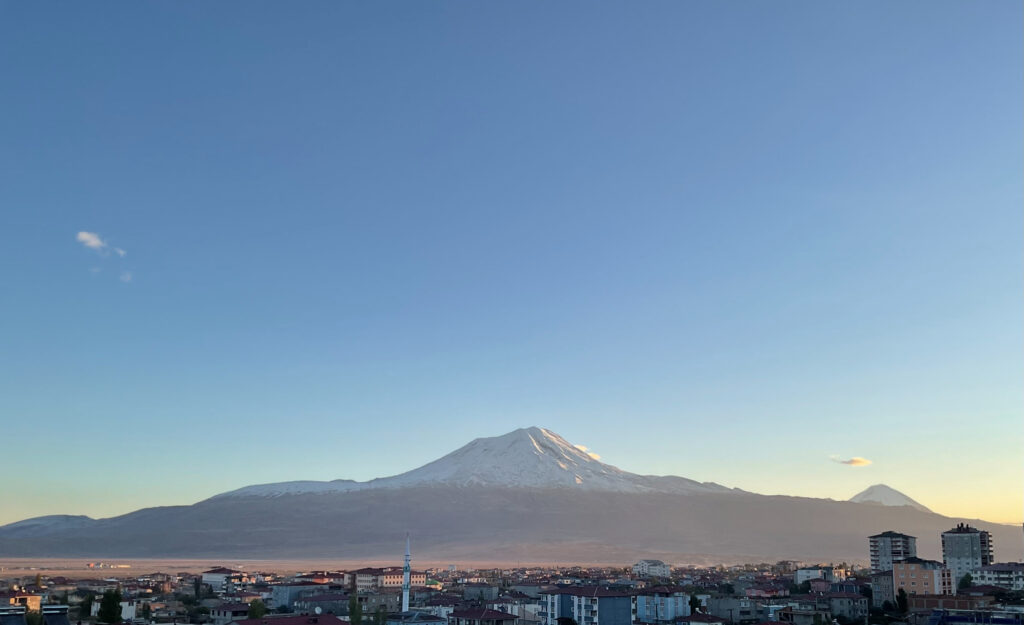
The story of Noah’s Ark is a prominent narrative found in the Book of Genesis in the Hebrew Bible (Genesis chapters 6–9). It describes how Noah, a righteous man, is chosen by God to survive a catastrophic flood meant to cleanse the world of human wickedness.
Summary of the Story
1. The State of Humanity: The story begins with God observing that the earth is filled with corruption and violence due to human actions. Displeased with the moral decay, God decides to bring about a great flood to destroy all living beings.
2. Noah’s Righteousness: Amidst the widespread immorality, Noah stands out as a just and righteous individual. Because of his integrity, God chooses Noah to preserve humanity and animal life.
3. The Divine Command: God instructs Noah to build an ark—a large vessel made of gopher wood. The ark’s dimensions are specified: 300 cubits long, 50 cubits wide, and 30 cubits high. It is to have rooms, a roof, and be coated inside and out with pitch to make it waterproof.
4. Gathering the Animals: Noah is commanded to bring into the ark pairs of all living creatures, male and female, to keep them alive during the flood. Specifically, he is to take seven pairs of every kind of clean animal and one pair of every kind of unclean animal, along with birds and creeping creatures.
5. The Great Flood Begins: Once Noah, his family (his wife, three sons, and their wives), and the animals are aboard, the floodwaters arrive. It rains for forty days and forty nights, and the waters rise, covering even the highest mountains. All living beings outside the ark perish.
6. The Waters Recede: After 150 days, God sends a wind over the earth, and the waters begin to subside. The ark comes to rest on the mountains of Ararat. Noah sends out a raven, and later a dove, to check for dry land. The dove returns with an olive leaf, signaling that the waters have receded.
7. Disembarking from the Ark: God instructs Noah to leave the ark with his family and the animals. They are told to “be fruitful and multiply” to repopulate the earth.
8. The Covenant and the Rainbow: Noah builds an altar and offers burnt offerings to God. Pleased by Noah’s obedience, God makes a covenant, promising never again to destroy all life with a flood. The rainbow is given as a sign of this everlasting covenant between God and all living creatures.
Significance and Themes
• Judgment and Mercy: The story illustrates themes of divine judgment against corruption and the mercy extended to the righteous.
• Obedience and Faith: Noah’s compliance with God’s commands exemplifies unwavering faith and obedience.
• Renewal: The flood serves as a means to cleanse the earth, allowing for a new beginning for humanity and the animal kingdom.
Cultural and Religious Impact
• Religious Traditions: The narrative is significant in Judaism, Christianity, and Islam, each interpreting the story within their theological frameworks.
• Literature and Art: Noah’s Ark has inspired numerous works of art, literature, and music, symbolizing hope, salvation, and new beginnings.
• Comparative Mythology: Similar flood stories exist in other cultures, such as the Mesopotamian Epic of Gilgamesh, indicating a widespread motif of flood mythology in human history.
Modern Interpretations and References
• Symbolism: The ark often symbolizes safety and preservation amidst chaos and disaster.
• Archaeological Pursuits: The story has led to various expeditions searching for physical evidence of the ark, particularly around Mount Ararat in modern-day Turkey.
• Environmental Reflections: Contemporary discussions sometimes draw parallels between the flood narrative and concerns about environmental degradation and the need for stewardship.
Conclusion
The story of Noah’s Ark remains a powerful narrative exploring themes of morality, obedience, and redemption. It continues to resonate across different cultures and religions, serving as a reminder of the consequences of human actions and the possibilities of renewal and hope.

